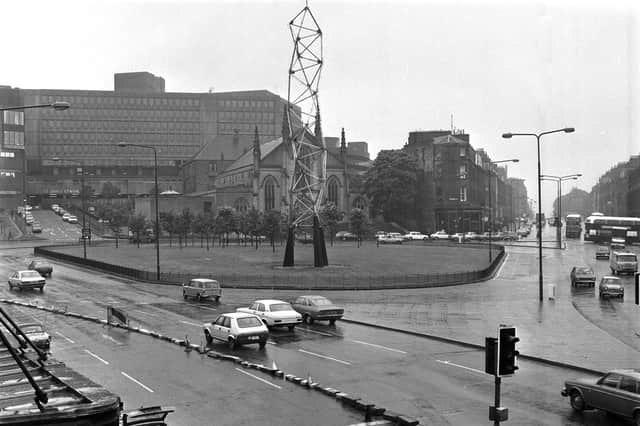World Heritage status: Edinburgh must not be paralysed by fear that it might lose it – Steve Cardownie


Although signing off as director of Playfair Scotland, as we know in a previous incarnation Donald was leader of Edinburgh City Council at a time when the city was (and still is) going through a major transformation.
Like him, I would be concerned if the city did lose its World Heritage status but that threat should not impede developments that are right and fitting for a modern capital in the 21st century.
Advertisement
Hide AdAdvertisement
Hide AdAlthough caution may be required, it must not be allowed to be exaggerated to the point where bold and imaginative decisions are not taken for fear of such potential repercussions.
Like Donald, I also like the design of the ‘W’ Hotel at the St James Quarter and view it as welcome addition to the architecture of the city which is a combination of the ‘old’ and the ‘new’ which demonstrates our link with the past and our commitment to the future.
I do, however, take issue with Donald regarding one of his statements when he says “I can think of no modern development that is reviled in the way that the old kinetic sculpture was at Picardy Place”.
My contention is that there was nothing wrong with the principle of the sculpture itself – it was the fact that the intermittent lighting display, which was an integral component of it, was more often “off” than “on”, constantly requiring repair, leaving a rather sad piece of scaffolding in dire need of cheering up.
A message from the Editor:
Thank you for reading this article. We're more reliant on your support than ever as the shift in consumer habits brought about by coronavirus impacts our advertisers.
If you haven't already, please consider supporting our trusted, fact-checked journalism by taking out a digital subscription.
Comment Guidelines
National World encourages reader discussion on our stories. User feedback, insights and back-and-forth exchanges add a rich layer of context to reporting. Please review our Community Guidelines before commenting.
